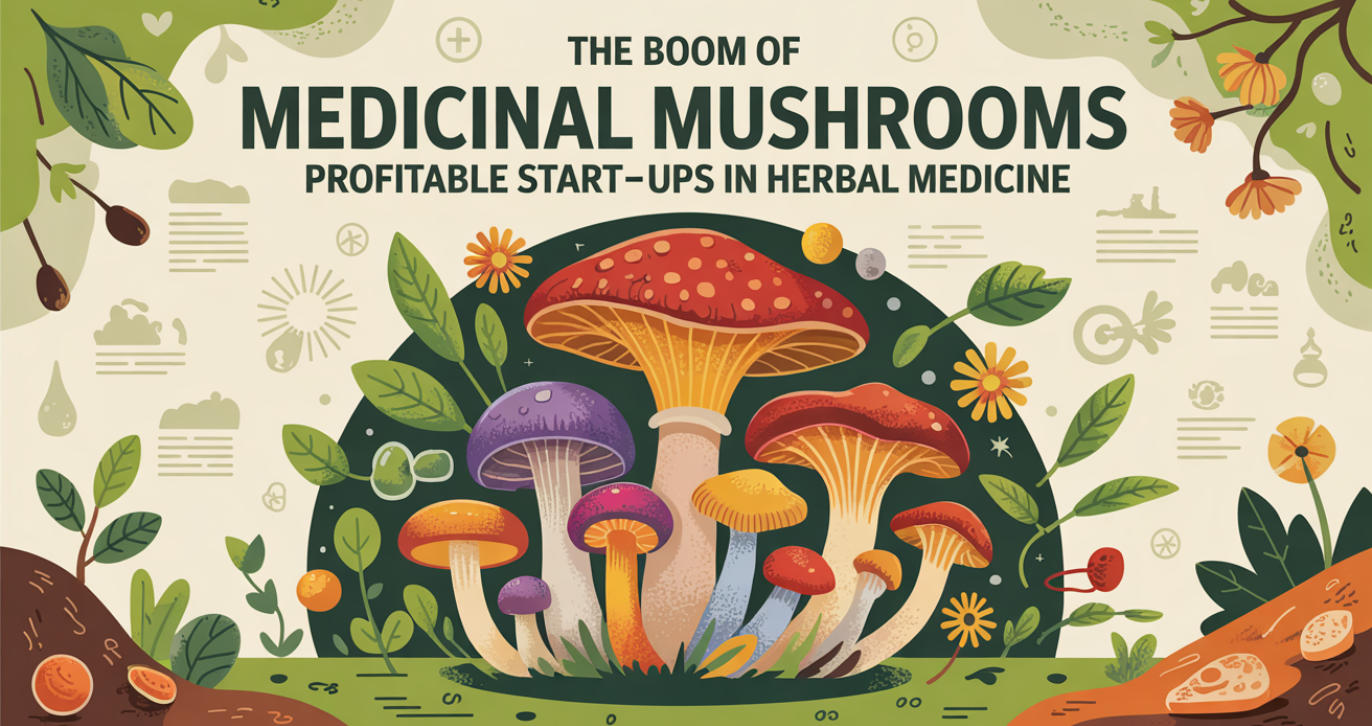Small-scale manufacturing is a fantastic business opportunity that could allow companies to make wise investments without having to make big, expensive ones. The improvements brought about by technology and changes in consumer demands have encouraged the advancement of small-scale manufacturers towards profitability. The small-scale manufacturing proves considerable with relatively low startup costs. The article focuses on the profitability of small-scale manufacturing.
Things to Consider in Starting Small Scale Manufacturing
- Determine how much investment is needed for the startup, stocking, and allocating cash for the machinery.
- A location will have core resources and logistics access with production units.
- Those modern production techniques applicable today will be appropriate to increase productivity and efficiency.
- Scalability growth of demand will gradually flourish with age for such small enterprises.
- Establish procurement and distribution networks continuously.
- Position the business more for visibility and reach to the customer.
Profitable Ideas Small-Scale Manufacturing
1. Homemade Organic Soap and Beauty Products
- Market Potential: Increasing demand for skin care products based on organic.
- High Profit Margins with Niche Branding Profitability.
Key points: Ingredient sourcing, statutory requirements, and brand positioning.
2. Candle and Scented Products Production
- Market Potential: The demand for decoration and presentation as gifts is growing.
- Profitability: Low-cost raw materials and high profit margins suggest good profitability.
Key points: Unique Designs, Eco-friendly Materials, Seasonal Trends.
3. Manufacture Paper Bags and Economical Packaging Products
- Market Potential: The need for biodegradable packaging is needed for growing environmental concerns.
- Profitability: Given the government restrictions on plastic bags, more avenues are opening.
Key points: Source recyclable materials and achieve bulk orders.
4. Processed Spices and Herbs Products
- Market Potential: Usage increase of organic and traditional spices.
- Profitability: Exporting of authentic regional spices.
Key points: Hygiene standards, packaging innovation, and D2C (direct to consumer).
5. Printing of Customized T-Shirts and Merchandise
- Market Potential: Demand coming from businesses, events, and branding.
- Profitability: Global sales through e-commerce integration.
Key points: Digital marketing, printing technology, and design variety.
6. Home-based Bakery and Snack Preparation
- Market Need: Increasing demand for handmade and organic food products.
- Profitability: Repeat customers develop through direct selling opportunities.
Read similar Blogs: Implementing AI Quality Control Systems in Small-Scale Manufacturing: A Comprehensive Guide
Key points: FSSAI certification and online selling platforms, and premium packaging.
7. Manufacturing of LED Bulbs and Energy-Efficient Products
- Market Potential: Demand is generated with trends in energy conservation.
- Profitability: Government incentives for sustainable manufacturing.
Key points: Efficiency in bulk production and quality testing.
8. Manufacture of Disposable Paper Cups
- Market Potential: Fast-growing takeaway and café industry.
- Profitability: The rate of consumption creates a very good demand.
Key points: Eco-friendly materials and branding.
9. 3D Printing Services and Prototyping
- Market Potential: Steeper demand in architecture, healthcare, and consumer goods.
- Profitability: Provide customized production and rapid prototyping services.
Key points: Knowledge about 3D modeling and industrial applications.
10. Manufacturing Of Agarbatti and Perfume
- Market Potential: Continuous demand for devout and inner peace purposes.
- Profitability: Low production cost and export possibility.
Key points: Unique fragrance formulas and sustainable packaging.
11. Manufacturing Furniture and Wooden Handicrafts
- Market Potential: With growing awareness of eco-friendly living, there is an increasing demand for handcrafted and sustainable furniture.
- The furniture is in high demand both in domestic and international markets, offering strong potential for profitability.
Key points: Skilled workers, quality materials, and innovative designs.
- Market Potential: Growing demand for organic and indigenous spices.
- Profitability: Export opportunities.
12. Pet Food and Organic Animal Feed Production
- Market Potential: Growing awareness concerning pet nutrition and wellness.
- Profitability: High repeat purchases from pet owners and animal farmers.
- Important Considerations: Ingredient sourcing, nutritional values, and branding.
How To Start a Small-Scale Manufacturing Enterprise
Following are the steps to start a Small-scale manufacturing enterprise:
- Market Research and Business Plan
- Identify potential customers and competition.
- Prepare a business plan with cost estimation and revenue projections.
Legal and Regulatory Requirements
- Registered the company according to government laws.
- Acquire the licenses and certificates required.
- Procuring Raw Materials and Machinery
- Identify suppliers and negotiate long-term bulk-buying arrangements.
- Select the appropriate machinery designed for economic output.
- Preparing For Production and Quality Control
- Ensure cleanliness and efficient organization of the work environment.
- Go through checks on quality control to ensure consistency.
Marketing and Sales Strategy
- Use online platforms to promote products.
- Collaborate with local retailers and distributors.
- Business Expansion
- Broaden their range of items and diversify their offerings.
- Reinvent brand philosophy according to the input obtained from consumers.
Closing Thoughts
The small-scale manufacturing has attracted all those who wish to cultivate ideas into money-making endeavors through strategic planning and innovation. Moderate investments into organic beauty products, eco-friendly packaging, and customized items are directly proportional to their huge profits. In this instance, planners should conduct thorough market research, implement quality control systems across all stages of operation, and be wise in digital marketing. Small-scale manufacturing success will ultimately rely on marketing tactics supported by research. Diversifying product offerings and keeping abreast of market trends will serve to guarantee the sustainability and profitability of the business.










